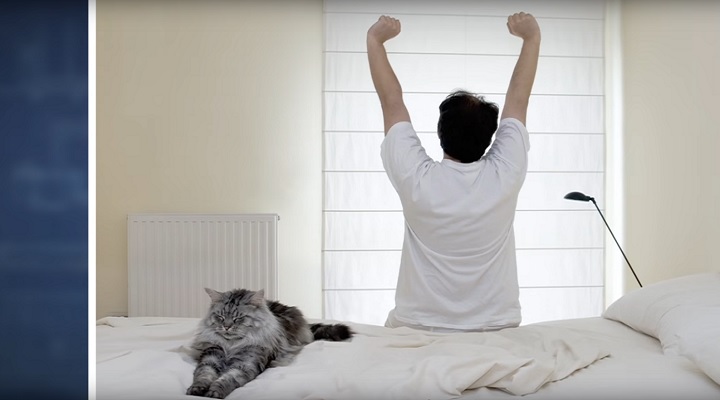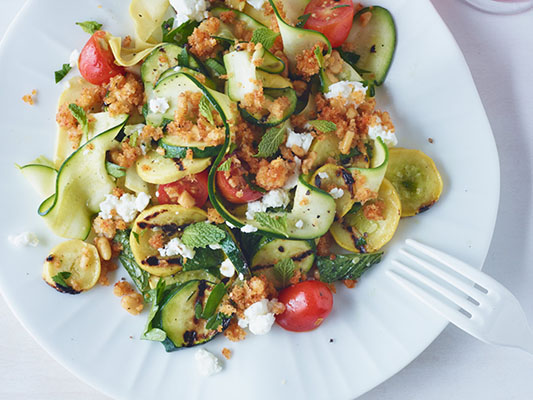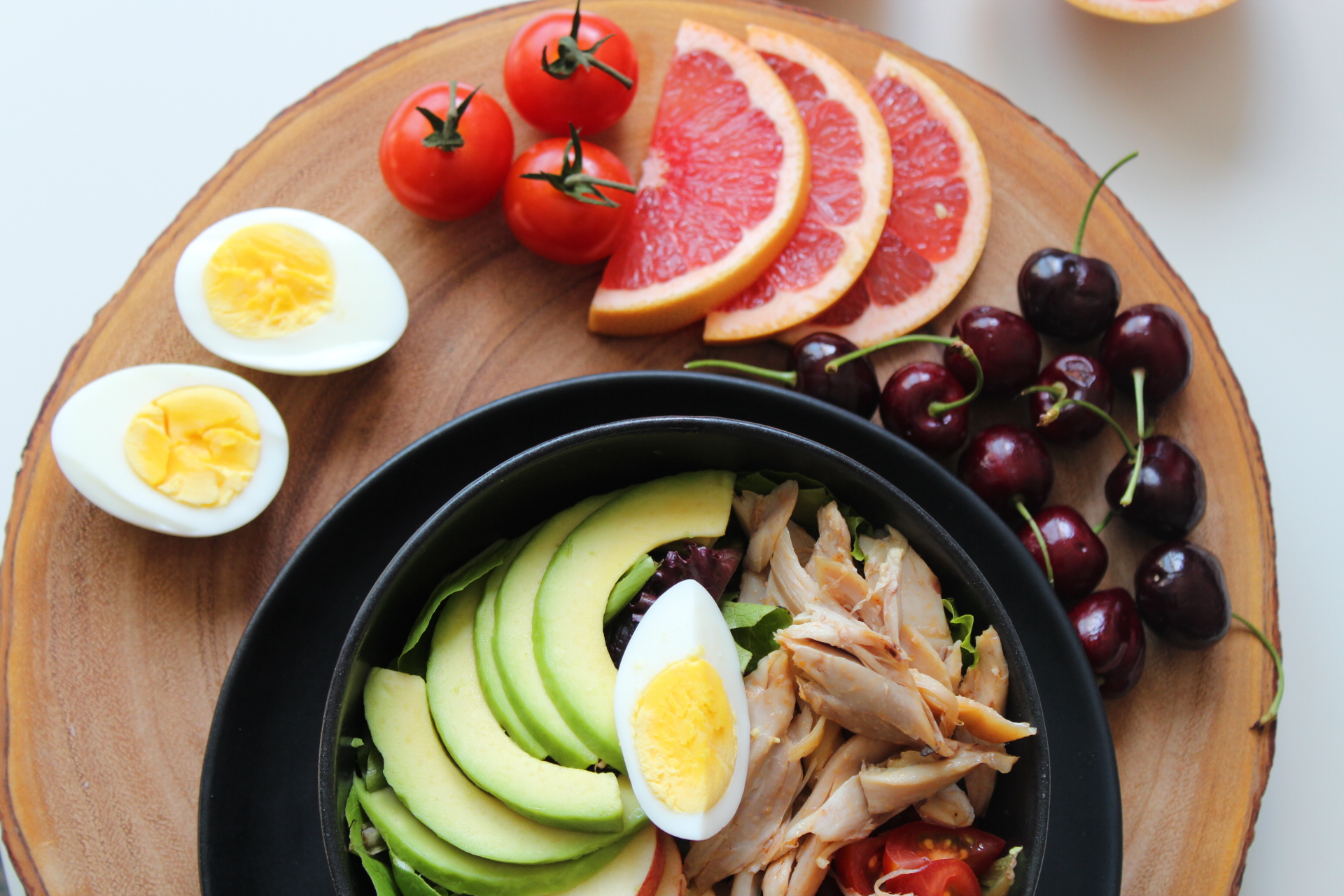Asthma: Avoiding Triggers and Preventing Flare-Ups
Asthma is treated with medication – usually a prescription inhaler – but there are also things that patients with asthma can do to reduce the risk of a flare-up without medication. Let’s go over some of the most common triggers for asthma flare-ups or attacks.







